An Ancient Kingdom of Urartu Eastern Anatolia Turkish Bronze Lost Wax Cast Section of a Belt Plate Decorated with Snarling Lions
An Ancient Kingdom of Urartu Eastern Anatolia Turkish Bronze Lost Wax Cast Section of a Belt Plate Decorated with Snarling Lions
Circa 860 – 590 BC
Size: 14cm high, 19.5cm wide - 5½ ins high, 7¾ ins wide
Circa 860 – 590 BC
Size: 14cm high, 19.5cm wide - 5½ ins high, 7¾ ins wide
An Ancient Kingdom of Urartu Eastern Anatolia Turkish Bronze Lost Wax Cast Section of a Belt Plate Decorated with Snarling Lions
Circa 860 – 590 BC
Size: 14cm high, 19.5cm wide - 5½ ins high, 7¾ ins wide
Circa 860 – 590 BC
Size: 14cm high, 19.5cm wide - 5½ ins high, 7¾ ins wide
The Iron Age kingdom of Urartu was centred around Lake Van in the historic Armenian highlands, but at its height the kingdom stretched north beyond Lake Sevan and into the southern part of present day Georgia almost to the shores of the Black Sea, west to the sources of the Euphrates and east to Tabriz and Lake Urmia and south to the sources of the Tigris. Rising to power in the mid 9th century BC, the kingdom went into gradual decline and was conquered by the Iranian Medes in the 6th century BC.
The art of Urartu is especially notable for its fine lost wax cast bronze objects which includes weapons, helmets, furniture fittings, figurines and huge cauldrons that were used for sacrifices. The singular types of jewellery produced by the ancient kingdom include these decorated bronze belt plates exclusively found among the rich funerary equipment in the tombs of the Urartian ruling class. However, relatively little of their jewellery has been found, the Assyrians having boasted of looting in great quantities from Musasir in 714 BC.
The art of Urartu is especially notable for its fine lost wax cast bronze objects which includes weapons, helmets, furniture fittings, figurines and huge cauldrons that were used for sacrifices. The singular types of jewellery produced by the ancient kingdom include these decorated bronze belt plates exclusively found among the rich funerary equipment in the tombs of the Urartian ruling class. However, relatively little of their jewellery has been found, the Assyrians having boasted of looting in great quantities from Musasir in 714 BC.
Ex collection of the late Seward Kennedy
Acquired 1970’s London art market
cf: A similar Belt Plate in the German Museum Für Vor Und Frühgeschichte. inv. no. Xlc4876
Acquired 1970’s London art market
cf: A similar Belt Plate in the German Museum Für Vor Und Frühgeschichte. inv. no. Xlc4876
An Ancient Kingdom of Urartu Eastern Anatolia Turkish Bronze Lost Wax Cast Section of a Belt Plate Decorated with Snarling Lions
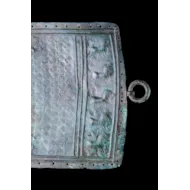
SOLD
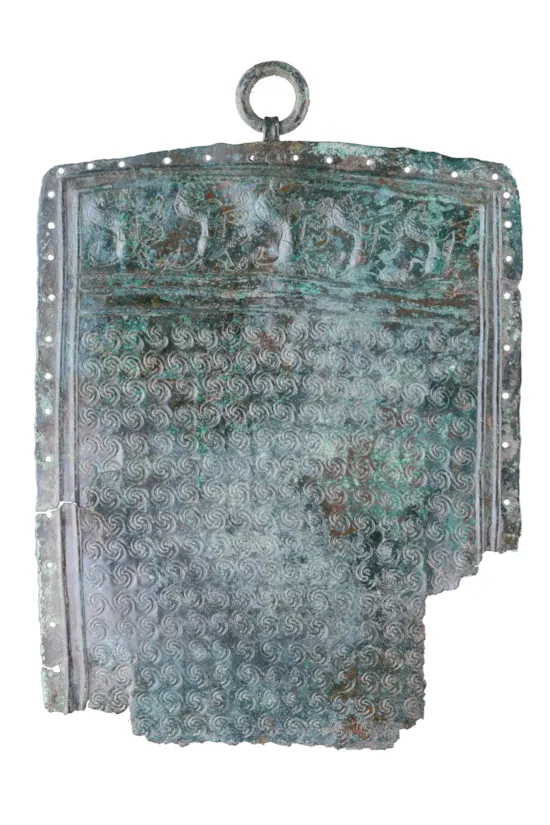
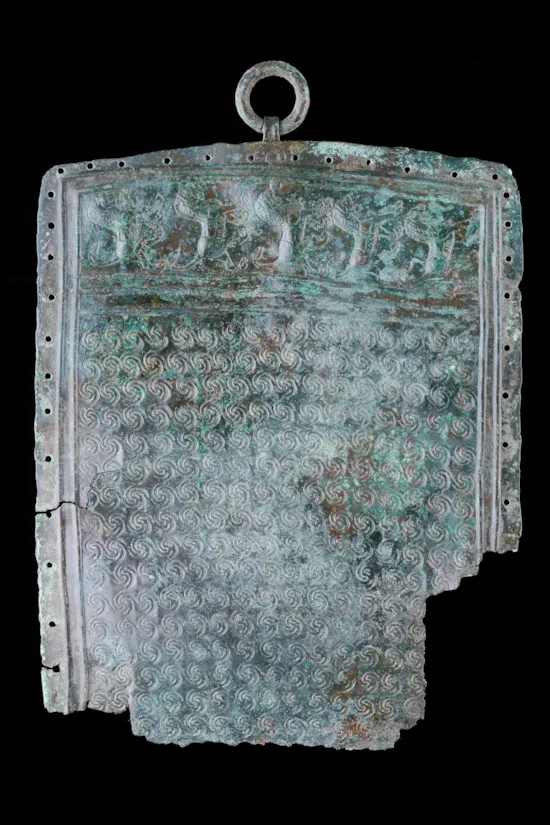
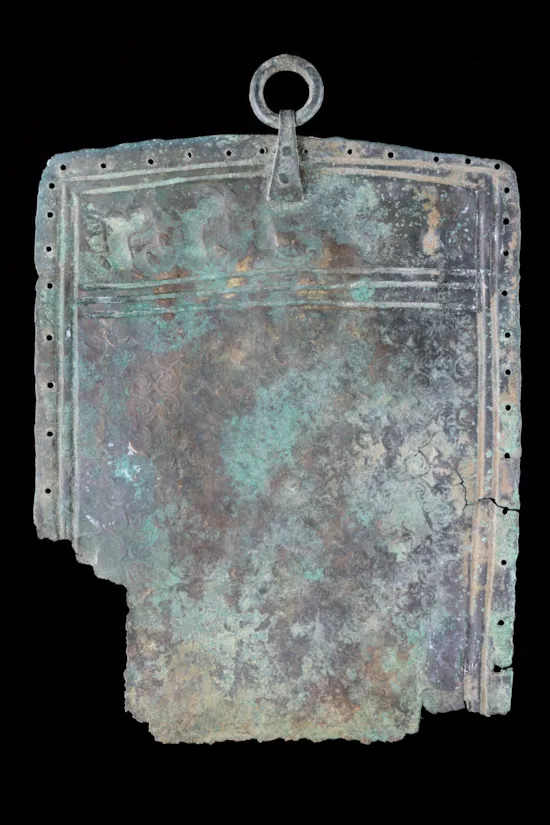
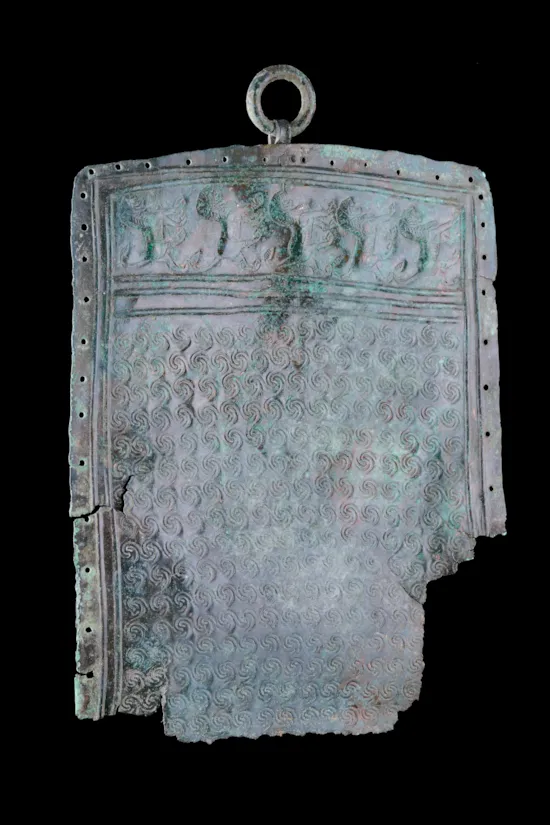
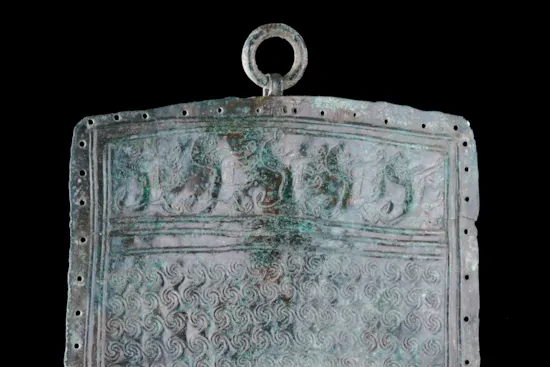





YOU MAY ALSO LIKE


